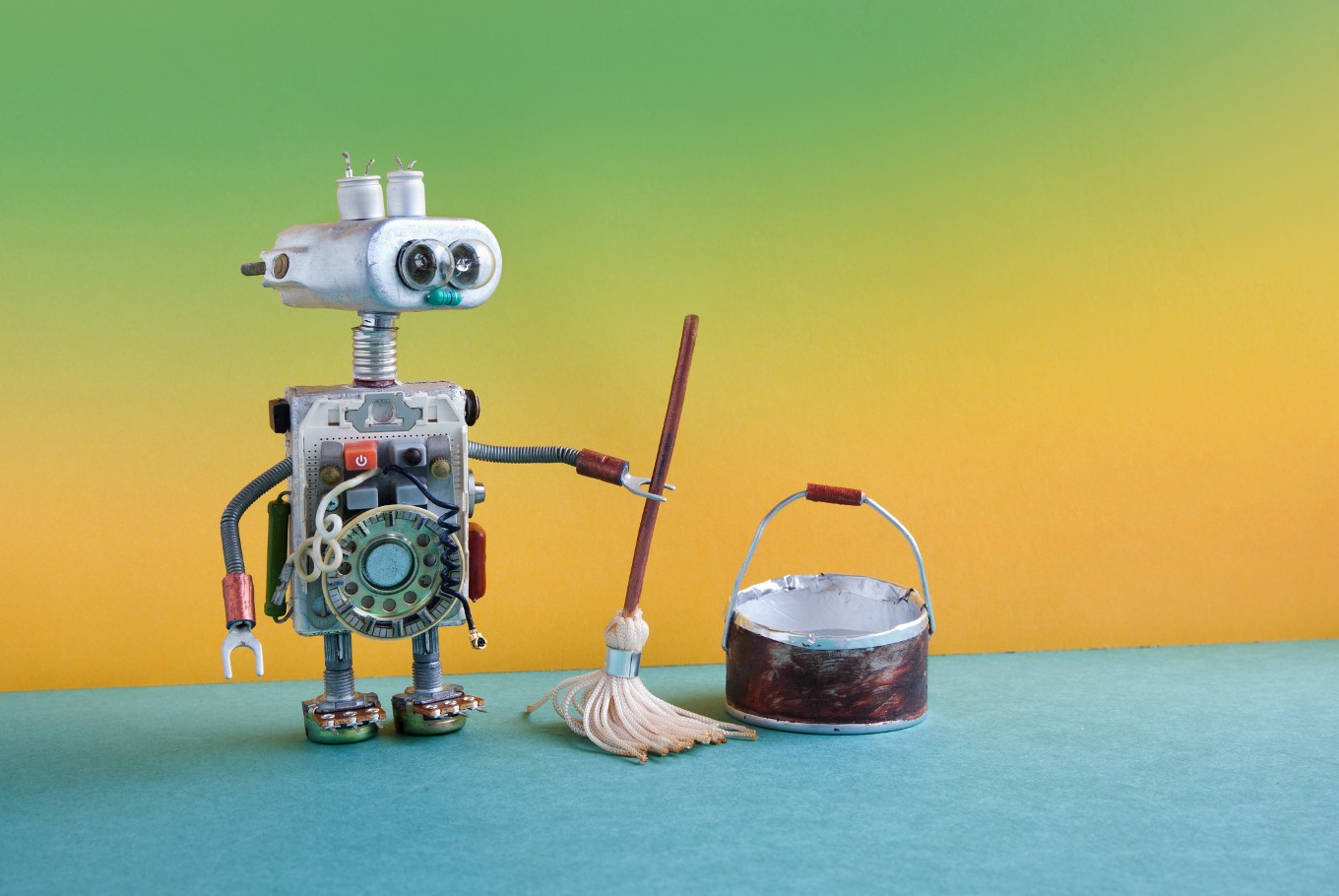Artificial muscles give 'superpower' to robots
Change Size
 The muscles, known as actuators, are built on a framework of metal coils or plastic sheets, and each muscle costs around $1 to make, said the report in the Proceedings of the National Academy of Sciences, a peer-reviewed US journal. (Shutterstock/File)
The muscles, known as actuators, are built on a framework of metal coils or plastic sheets, and each muscle costs around $1 to make, said the report in the Proceedings of the National Academy of Sciences, a peer-reviewed US journal. (Shutterstock/File)
I
nspired by the folding technique of origami, US researchers said Monday they have crafted cheap, artificial muscles for robots that give them the power to lift up to 1,000 times their own weight.
The advance offers a leap forward in the field of soft robotics, which is fast replacing an older generation of robots that were jerky and rigid in their movements, researchers say.
"It's like giving these robots superpowers," said senior author Daniela Rus, professor of electrical engineering and computer science at the Massachusetts Institute of Technology (MIT).
The muscles, known as actuators, are built on a framework of metal coils or plastic sheets, and each muscle costs around $1 to make, said the report in the Proceedings of the National Academy of Sciences, a peer-reviewed US journal.
Their origami inspiration derives from a zig-zag structure that some of the muscles employ, allowing them to contract and expand as commanded, using vacuum-powered air or water pressure.
"The skeleton can be a spring, an origami-like folded structure, or any solid structure with hinged or elastic voids," said the report.
Possible uses include expandable space habitats on Mars, miniature surgical devices, wearable robotic exoskeletons, deep-sea exploration devices or even transformable architecture.
Read also: Chinese robot becomes world' first machine to pass medical exam
"Artificial muscle-like actuators are one of the most important grand challenges in all of engineering," said co-author Rob Wood, professor of engineering and applied sciences at Harvard University.
"Now that we have created actuators with properties similar to natural muscle, we can imagine building almost any robot for almost any task."
Researchers built dozens of muscles, using metal springs, packing foam or plastic in a range of shapes and sizes.
They created "muscles that can contract down to 10 percent of their original size, lift a delicate flower off the ground, and twist into a coil, all simply by sucking the air out of them," said the report.
The artificial muscles "can generate about six times more force per unit area than mammalian skeletal muscle can, and are also incredibly lightweight," it added.
A .09 ounce (2.6 gram) muscle can lift an object weighing 6.6 pounds (three kilograms) "which is the equivalent of a mallard duck lifting a car."
According to co-author Daniel Vogt, research engineer at the Wyss Institute, the vacuum-based muscles "have a lower risk of rupture, failure, and damage, and they don't expand when they're operating, so you can integrate them into closer-fitting robots on the human body."
The research was funded by the Defense Advanced Research Projects Agency (DARPA), the National Science Foundation and the Wyss Institute for Biologically Inspired Engineering.









